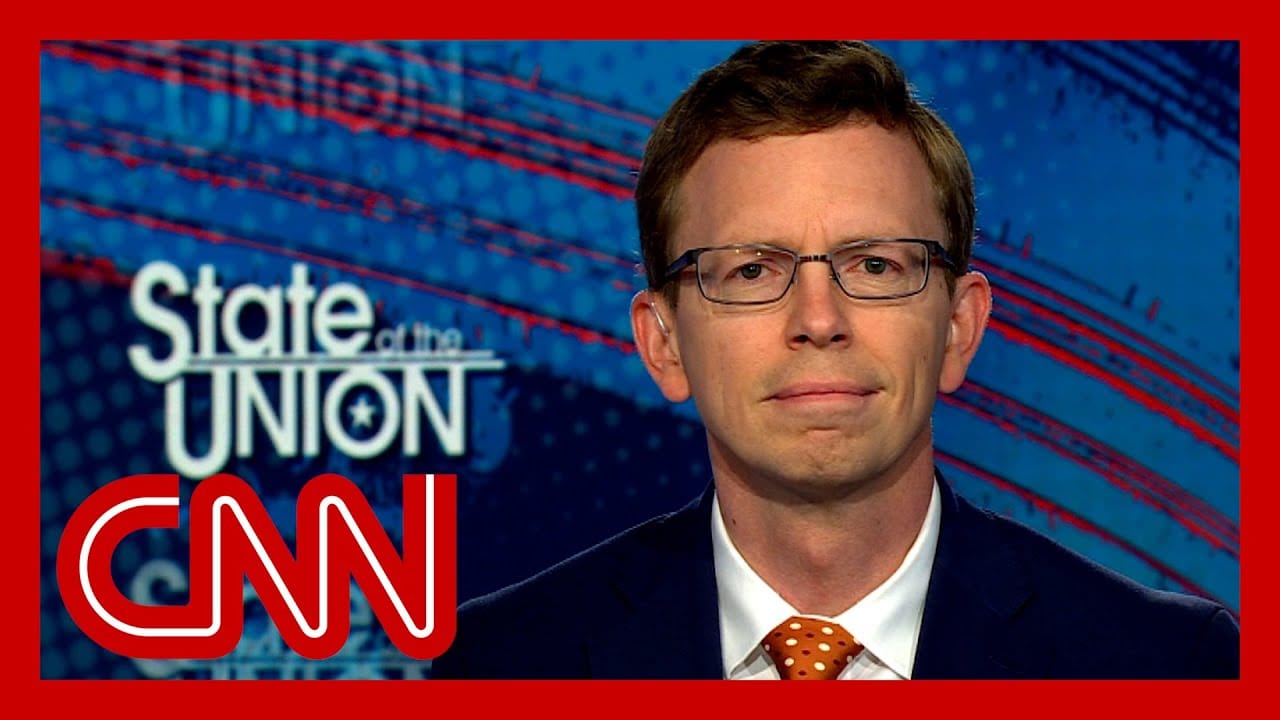The current deadlock regarding the U.S. debt limit is shaping significant market dynamics, particularly affecting the availability of a preferred asset among investors: U.S. Treasury securities. As the realization dawns that negotiations may stretch on longer than expected, the repercussions are rippling throughout the financial landscape. The race to secure these assets has intensified, leading to a noticeable scarcity. Investors are closely monitoring developments, understanding that the debt limit discussions intricately influence fiscal policy and borrowing capabilities, and this can have a cascading effect on broader market dynamics.
The debt ceiling is a cap set by Congress on the amount of money that the federal government may borrow to cover expenses. When this limit is approached, the uncertainty it introduces can create volatility in various financial markets. U.S. Treasury securities are considered one of the safest investments, typically serving as a benchmark for other investments due to their low default risk. In times of fiscal uncertainty, demand for these securities often increases. However, as the deadlock prolongs, rising demand paired with limited availability can create a tightening effect in the market.
This scenario is further complicated by the fact that many investors prioritize liquidity and safety amid uncertainties. When the debt ceiling is reached, the government must rely on extraordinary measures to create cash flow, which can lead to temporary constraints on issuing new debt. As a result, new Treasury issuance becomes limited. Investors seeking refuge in what they consider safe assets may find themselves facing scarcity. Those who have the means to acquire these securities often end up competing in a market that becomes increasingly congested.
Additionally, institutional investors, including pension funds and insurance companies, typically hold substantial quantities of U.S. Treasuries as part of their portfolios to balance risk. When the availability of these securities decreases, it can lead to difficulties for these institutions in managing liquidity and capital requirements effectively. They may also be forced to explore alternative investment avenues, which could heighten demand for other assets, leading to their inflation and contributing to market fluctuations.
Even as discussions continue, the potential implications of a debt limit crisis loom large over the financial markets. Investors are faced with the prospect of not only a default on government obligations but also potential downgrades of credit ratings. Such developments could further diminish the attractiveness of U.S. Treasury securities and exacerbate existing scarcity. The specter of these outcomes influences investor behavior and heightens caution, leading to a more conservative approach in asset allocation.
The impact of the debt limit discussions is also felt in the broader economy, as reduced government spending can have downstream effects on growth. For instance, delays in Federal programs and services funded by the government can result in decreased economic activity, further influencing investor sentiment. The uncertainty surrounding the fiscal situation also makes forecasting challenging, prompting investors to reconsider risk appetites.
Importantly, the political nature of the debt ceiling negotiations adds another layer of complexity. With both parties often holding divergent views on fiscal policy, it remains to be seen how and when a resolution will materialize. The anticipation of policy outcomes will play a crucial role in determining market sentiment. Higher levels of polarization may prolong the deadlock, causing investors to remain on edge. This wait-and-see approach can lead to market inertia, where investment decisions are delayed until there is greater clarity on fiscal matters.
In trying to navigate these turbulent waters, private investors are also seeking strategies to hedge against potential risks associated with the deadlock. Alternative assets, such as commodities or real estate, may emerge as potential beneficiaries of the shift in focus away from Treasuries. Investors who traditionally favored government debt for its relative safety may pivot towards diversified portfolios that include assets perceived to have growth potential even in uncertain environments. This demand shift can continue to pressure the availability of not only Treasuries but also other assets in the financial markets.
In conclusion, the U.S. debt limit deadlock is having tangible effects on the accessibility and availability of Treasury securities. Investors are confronted with declining availability amid increasing demand, leading to a situation where these favored assets become more scarce. In this climate of uncertainty, strategies are reassessed, risk appetites navigate treacherous waters, and the overall economic landscape is influenced by political machinations often outside the control of market participants. The interplay between fiscal policy, investor behavior, and asset scarcity will be an important dynamic to monitor as negotiations progress toward resolution.
